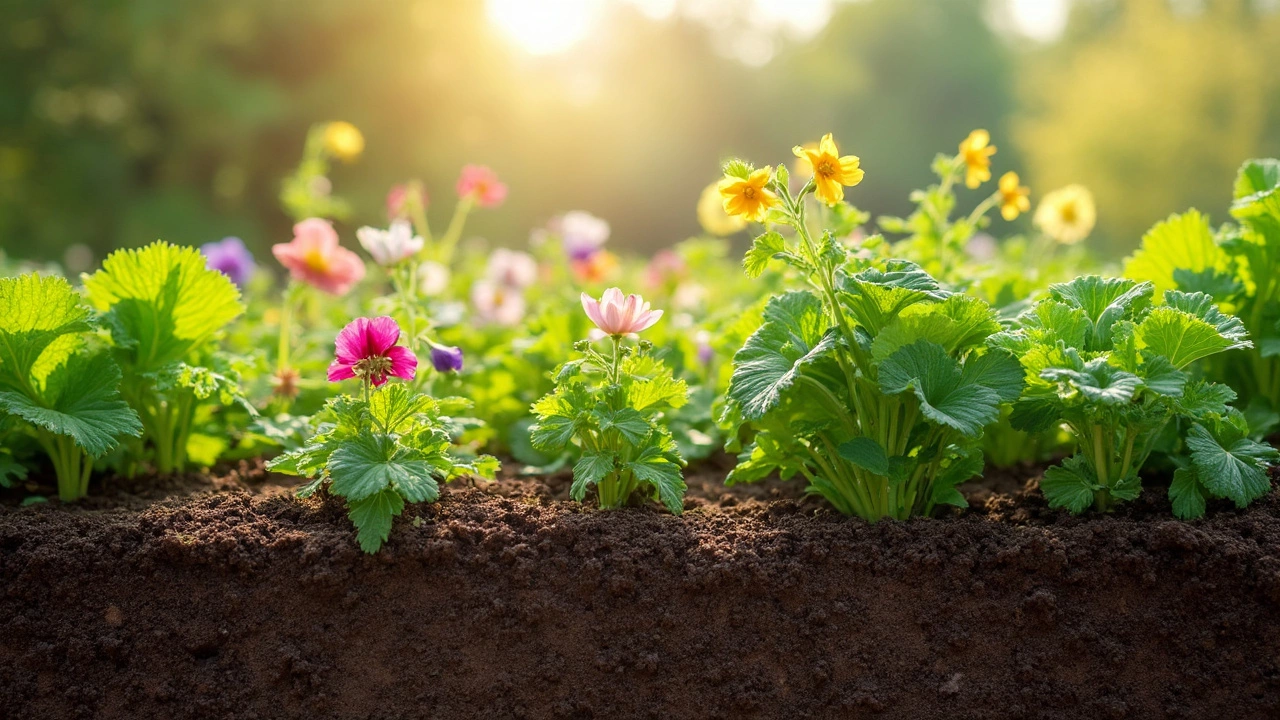Gardening Tips to Make Your Garden Thrive
If you’ve ever stared at a patch of soil and wondered why nothing is sprouting, you’re not alone. The good news is that great results don’t need a green‑thumb degree—just a few practical moves. Below are the most useful, low‑effort tips that work for beginners and seasoned growers alike.
Soil and Planting Basics
First thing’s first: soil matters more than the seeds you buy. Grab a handful of garden soil and squeeze it. If it crumbles easily, you have good texture. If it feels like clay, mix in compost or leaf mold to improve drainage. A 1‑to‑1 ratio of garden soil to compost creates a fluffy medium where roots can breathe.
When planting, don’t dig deeper than the seed‑ball’s own size. Most seedlings hate being buried too deep because their stems struggle to reach the surface. A quick rule: plant at the same depth it was in its original pot or packet. Lightly press the soil around the root, then give it a firm pat—this removes air pockets that can dry out young roots.
Timing is another simple win. Early spring and early fall give plants a long, cool growing window. If you live in a warmer zone, wait until the hottest part of summer passes before planting heat‑sensitive veggies. This reduces stress and cuts down on water needs.
Everyday Care and Simple Hacks
Watering is where most beginners slip up. Rather than a daily sprinkling, aim for deep, infrequent watering. A good guideline is 1 inch of water per week, delivered in one go. Use a rain gauge or a simple ruler stuck in the soil to track depth. This encourages roots to grow deeper, making plants more drought‑tolerant.
Mulch is a gardener’s secret weapon. Spread a 2‑inch layer of shredded leaves, grass clippings, or wood chips around each plant. Mulch locks in moisture, keeps weeds at bay, and slowly adds organic matter as it breaks down. It’s a cheap, hands‑off way to boost soil health.
Pest control can stay natural. Sprinkle crushed eggshells around the base of tomatoes to deter slugs, or plant marigolds next to beans to repel nematodes. If you spot aphids, a quick spray of diluted dish soap (1 tsp per quart of water) knocks them out without harming the plant.
Pruning might sound intimidating, but a few snips can do wonders. Remove any yellowing or dead leaves as soon as you see them—this stops disease from spreading. For woody plants, trim just above a leaf node to encourage new growth. A clean, sharp pair of scissors makes the job painless.
Lastly, keep a simple garden journal. Jot down what you planted, when you watered, and any observations about pest activity or leaf color. Over time you’ll spot patterns that tell you what works best in your micro‑climate, saving you time and money.
With these straightforward tips—good soil mix, proper planting depth, deep watering, mulching, natural pest tricks, and a bit of note‑taking—you’ll see your garden bounce back faster than you thought possible. Give them a try this season; the results will speak for themselves.


